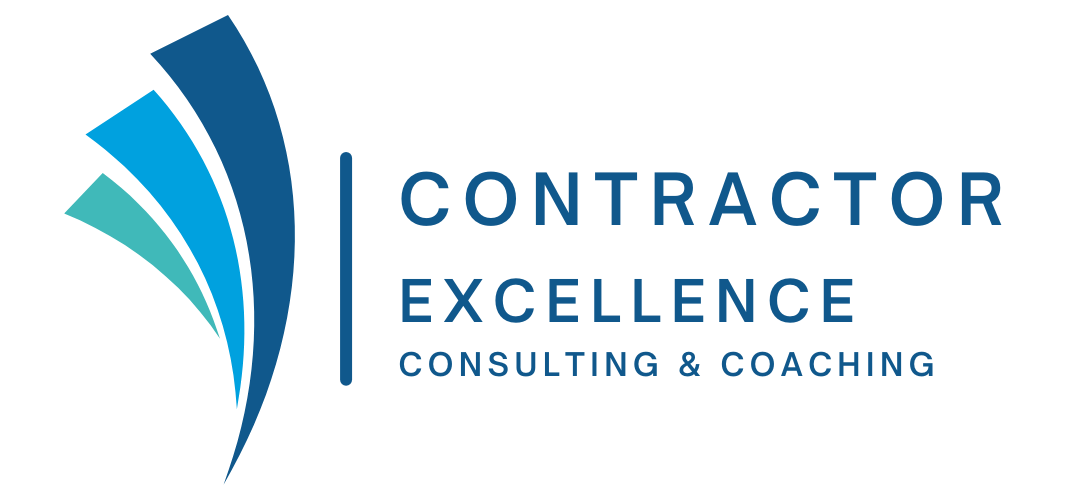Margin Versus Markup Pricing
Which Pricing Strategy is Right for Your Contracting Business?
As a contractor, mastering your pricing strategy is paramount to your profitability and the long-term health of your business. Two terms often used interchangeably, but with distinct meanings and applications, are "margin" and "markup." Understanding the difference between them and knowing when to apply each is crucial for accurate bidding, healthy profits, and sustainable growth.
What is Markup Pricing?
Markup is the amount you add to your direct costs to arrive at your selling price. It's typically expressed as a percentage of your cost.
Formula: Selling Price = Cost + (Cost × Markup Percentage)
Example: If a project costs you $10,000 (materials, labor, subcontractors) and you apply a 25% markup, your selling price would be: Selling Price = $10,000 + ($10,000 × 0.25) = $10,000 + $2,500 = $12,500
What is Margin Pricing?
Margin, specifically "gross profit margin," is the percentage of your revenue that you keep as profit after accounting for the direct costs of a project. It's often seen as a more direct indicator of a project's profitability from the customer's perspective.
Formula: Gross Profit Margin = (Selling Price - Cost) / Selling Price × 100%
Example: Using the previous example where the cost is $10,000 and the selling price is $12,500: Gross Profit Margin = ($12,500 - $10,000) / $12,500 = $2,500 / $12,500 = 0.20 or 20%
Key Takeaway: A 25% markup does NOT equal a 25% margin. In our example, a 25% markup resulted in a 20% margin. This is a critical distinction that can significantly impact your bottom line if misunderstood.
When to Use Markup Pricing
Markup is generally easier and more intuitive for contractors to calculate in the bidding phase. It's a straightforward "add-on" to your known costs.
Best Used For:
- Bidding and Estimating: When you're calculating a quote for a client, starting with your known costs and adding a markup is a common and efficient approach. It allows you to quickly determine a preliminary selling price.
- Cost-Plus Contracts: In situations where the client agrees to pay your costs plus a set percentage, markup is the natural fit.
- Situations with Clearly Defined Costs: When you have a firm grasp on all direct costs (materials, labor, subcontracts), applying a markup is a simple way to ensure you're covering those costs and generating profit.
- Quick Calculations: For smaller jobs or quick estimates, a fixed markup percentage can be a fast way to generate a price.
Considerations: While easy to calculate, relying solely on markup without understanding its corresponding margin can sometimes lead to underpricing, especially if you're not consistently reviewing your overall financial performance.
When to Use Margin Pricing
Margin provides a clearer picture of your profitability relative to your revenue. It's a more strategic metric for evaluating business health and setting financial goals.
Best Used For:
- Financial Goal Setting: If you have a specific profit goal (e.g., "I want to achieve a 30% gross profit margin on all projects"), working backward from your desired margin is essential. To achieve a 30% margin, you'll need to apply a higher markup than 30%.
- Analyzing Project Profitability: After a project is complete, calculating your actual gross profit margin helps you understand how well you performed against your financial targets. This retrospective analysis is crucial for refining future bids.
- Understanding Competitive Positioning: Knowing your margins helps you understand how competitive your pricing is within the market while still ensuring you're profitable.
- Determining Discounting Strategy: If you need to offer a discount, knowing your desired margin allows you to see how much you can reduce the price before you start losing money or falling below your profit targets.
- Overall Business Performance Review: Your overall business profitability is often expressed in terms of margin. Regularly reviewing your company-wide gross profit margin helps you assess the financial health of your contracting business.
To Calculate Selling Price from a Desired Margin:
Selling Price = Cost / (1 - Desired Margin Percentage)
Example: If your cost is $10,000 and you want to achieve a 25% gross profit margin: Selling Price = $10,000 / (1 - 0.25) = $10,000 / 0.75 = $13,333.33
Notice that to achieve a 25% margin, you need to sell at a higher price than with a 25% markup ($13,333.33 vs. $12,500).
The Synergistic Approach: Using Both
The most successful contractors don't choose between margin and markup; they understand and utilize both.
- Start with Markup for Bidding: It's often the most practical way to begin when calculating a quote, adding your desired percentage to your costs.
- Validate with Margin Analysis: Once you have a preliminary selling price, quickly calculate the corresponding gross profit margin. Does this margin align with your company's financial goals and industry benchmarks? If not, adjust your markup.
- Educate Your Team: Ensure everyone involved in pricing understands the difference and the implications of both concepts.
- Regularly Review: Continuously monitor your actual project margins against your targets to identify areas for improvement in your estimating and project management processes.
By strategically employing both markup and margin, you gain a comprehensive understanding of your pricing, ensuring that every project contributes effectively to the sustained profitability and growth of your contracting business. Don't just price for today; price for a prosperous tomorrow.
Sources and Links:
- Investopedia - Gross Profit Margin: https://www.investopedia.com/terms/g/gpm.asp
- The Balance Small Business - Understanding Markups and Margins: https://www.thebalancemoney.com/what-is-markup-and-how-to-calculate-it-4166632
- QuickBooks Blog - Markup vs. Margin: What’s the Difference?: https://quickbooks.intuit.com/r/accounting/markup-vs-margin/
- For Contractors, Inc. - The Difference Between Markup and Margin: https://www.forcontractors.com/blog/the-difference-between-markup-and-margin/
Ready to take your home service business to the next level? At Contractor Excellence Consulting & Coaching, we're passionate about helping businesses like yours achieve significant and sustainable growth. With over five decades of collective experience in owning and operating successful home service companies, our team intimately understands the unique challenges you face, and we have developed proven strategies across seven key areas to drive your profitability.
Whether you're looking to boost your bottom line, streamline your daily operations, or attract a consistent flow of new customers, our expert business coaching and innovative creative design services are tailored to your specific needs and goals.
Don't wait to unlock your business's full potential. Explore our range of services and discover how we can help you build a thriving enterprise.
Ready for personalized guidance? Schedule your free, no-obligation discovery call now! Call us directly at 717-868-8610 to speak with one of our experienced partners. We're eager to learn about your business and discuss how our coaching and design solutions can propel you towards greater success. Your journey to business excellence starts here. Contact us today!
Like What You See?
Contact Us to Learn More About Our One-on-One Coaching and Fractional Expertise Services

